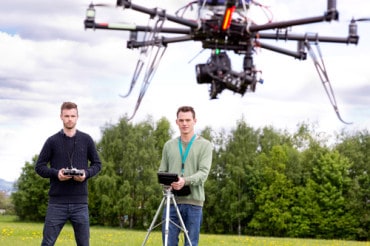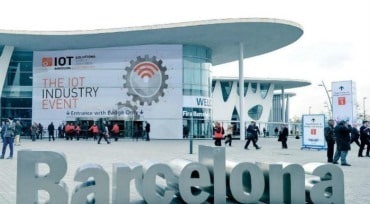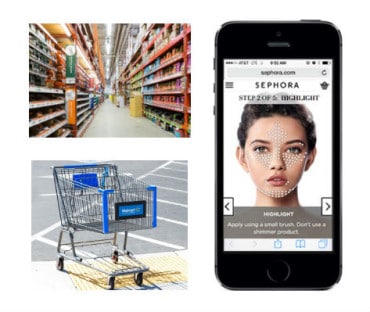
The combination of data and connected devices are a boon to retailers striving to engage customers.
The ongoing evolution of technology has made it easier than ever for consumers to learn about stores and their product offerings from the palm of their hands via their mobile devices. And in the era of the Internet of Things (IoT), those connected devices also enable retailers to learn more about their customers – who those buyers are, what they’re purchasing, how much they spend and how often they buy. Equipped with such real-time insights, retailers can connect with consumers on an entirely new level, delivering real-time, personalized marketing to attract new customers, build relationships with existing ones, and increase customer loyalty.
Needless to say, the IoT has ushered in a new age of marketing. The sheer amount of data created and accessible from the always growing number of mobile devices provide retailers with greater insights into their customers. For example, with more stores leveraging strategically placed sensors that detect mobile devices, retailers can see where customers are in the store, what they’re looking at and for how long, providing more data about customer behavior. Equipped with this insight, stores can capitalize on new opportunities to deliver personalized marketing and sophisticated messaging to guide consumer buying decisions and market their offerings more effectively. And by connecting this insight at the point of sale through location marketing, they can see exactly how effective their campaigns are at reaching and engaging customers.
But to fully leverage the power of IoT, retailers must evolve with the technology and adopt more customer-centric rather than brand-centric marketing activities. Today’s customers expect personalization – they want to be engaged with relevant content when they want it. In this new reality, sending generic blast messages and waiting for the customer to react is no longer effective; without real-time utility, it will be hard to stay competitive.
The impact on those retailers that leverage the latest technology to enhance how they reach customers will reap a number of benefits. They’ll see improved customer loyalty, better return on investment, and reduced costs of discounting, by way of no longer having to over-rely on price cuts and clearance sales. They’ll also have greater flexibility and reduced market response times, as well as more efficient front- and back-office systems, and better insight into and control over stock movement. As such, companies that recognize the advantages of mobile technology and location awareness in marketing and implement it in a way that delivers customer value, will outperform the competition.
Personalized marketing: challenges and opportunities
Despite the benefits of the IoT in improving marketing, there are several challenges retailers must overcome to get full benefit from this new technology. For many organizations, the biggest challenge lies in getting started. Traditional marketing is something many companies do on autopilot through the four Ps: product, place, price and promotion. The use of connected devices requires a mind-shift and a thorough understanding and appreciation of the benefits of a range of technologies, from mobile devices through to facial recognition software – as well as the intelligence to know which solutions are the smartest investments.
At the same time, there is a definite level of change management that would need to take place, and some companies may feel it’s easier to maintain the status quo. Customer resistance to a new technology solution, particularly in less sophisticated markets, is another concern, as is the belief that such solutions may be too intrusive to customers. Moreover, the sheer amount of extra data may prove challenging, raising questions about how it can be stored, accessed and secured, and whether the company will need data analysts or scientists to make sense of it all.
Why to start small with IoT analytics
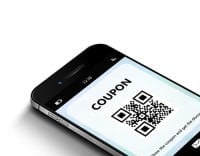
Although the amount of data collected can be overwhelming, an effective approach is one focused on quality over quantity. By leveraging the most meaningful information – how consumer activity correlates with POS data – and business intelligence tools to visualize it, you can see how your marketing efforts impact the bottom line. And once you can identify the clear relationship between those real-time marketing activities, like targeted offers, ads and push messages, and how they respond to real results, by way of offer impressions, clicks and redemptions, you’ll have the proof you need to make continued investments in your IoT marketing strategy.
As for fears that customers will find the technology invasive, they can simply choose to opt out, by not installing the app or choosing not to receive notifications. Even if customers have installed the app, they can turn off location data or Wi-Fi, disabling connectivity to your in-store beacons and sensors. But, it is important to keep in mind that people who are interested in receiving marketing messages are often fine with receiving real-time alerts – the key is to be cognizant of how you send those messages. They need to be sent at the right times and tailored to what the customers is interested in.
Related: Using beacons for IoT analytics
Numbers don’t lie
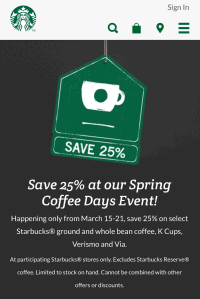
Although implementing real-time, location marketing can be a significant change, doing so will yield convincing results – and deliver on growing demand for more personalization. Companies that have adopted such an approach report a 700 percent increase in the number of offers redeemed and 47 percent higher average purchase. They can also expect app users to visit the store twice as often as those who don’t use the app, and they will see more people making more visits to stores that give them personalized offers. In just a few months, they can expect a positive return on investment; a year after implementing, they will have a larger, more engaged and loyal customer base.
The future of marketing
Real-time, location-based marketing is simply the future. Without adopting these technologies and practices, it will be difficult for brands to remain relevant if they’re not talking to and responding to customers in the moment. Live marketing will only become more prevalent and more connected in the months and years to come. Just consider the growing use of wearable technologies like the Apple Watch, which can deliver more immediacy than a smart phone that must be taken out of a pocket or handbag. Although wearables are still a relatively new media from a marketing perspective, the potential for real-time marketing over these devices is much greater than the use of a TV or computer.
As the IoT progresses, marketing will become ever more connected – we can expect to see more social and experiential elements that result in more customer-led experiences. The IoT is also leading towards greater automation: refrigerators that can order groceries and cars that drive themselves. It certainly isn’t too big of a leap to think that marketing will become more automated as well. It won’t be long before the function becomes less about ‘here’s why you need to buy this thing’ and more about ‘here’s the thing you wanted.’ The future of marketing is now here, and the companies that can engage their customers in real-time will have a huge competitive advantage.
Related:
Real-time retail: why Uniqlo employees use handhelds
Using predictive marketing to lift sales: Tibco webinar
Want more? Check out our most-read content:
Fog Computing: A Reference Architecture
Intelligent Business Operations: White Paper
7 Essential Elements in a Real-Time Streaming Analytics Platform
Netflix Recommendations: How Algorithms Keep Customers Watching
Testing Edge Processing for the Industrial IoT
Liked this article? Share it with your colleagues!




